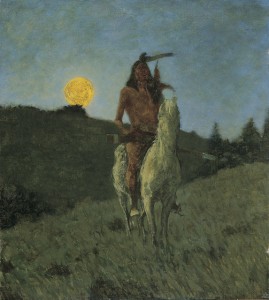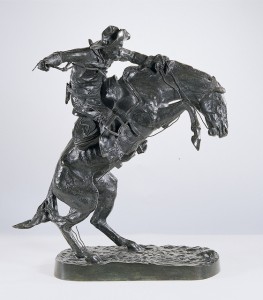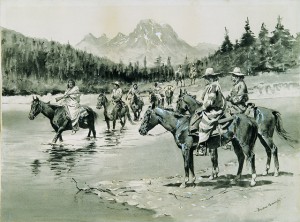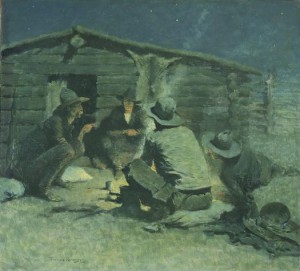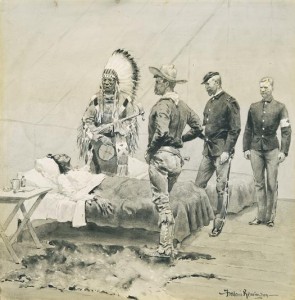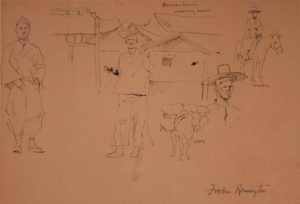In Douglas Shadle’s Orchestrating the Nation, he opens up the discussion on unpacking what the national musical identity of the United States actually is. He argues along with multiple perspectives that the definition of the US musical identity changes through time. He makes a point to include a perspective stating that when talking about minority groups in the United States such as “other American residents–indigenous peoples and those of African heritage, for example–also played little role in these discussions until the end of the century, and only then primarily as objects under discussion, not participating subjects within it” <6> (Shadle, 8). Even today, this furthers the question, “were they American at all” (8)?
This gets us into the conversation of what is considered “American music”. In the nineteenth century some would say that folk songs were considered just that, “cultivated” music, as long as it was imbued with a national or folk “character” (Shadle, 6). Could this count as “true” American musical style? The concept of nationalism plays a huge role and question whether Aaron Copland or Charles Ives created an “ideal American sound” (7). Bernd Sponheuer, a German musicologist, argued that “national identity is not “an empirically demonstrable musical trait derived from style criticism.” Rather, it is constructed” (8). Critic Virgil Thomson addressed such concerns “that to write American music, one must simply be American and “then write any kind of music you wish” (8).
The topic of immigrant musicians specifically from Europe are said to have made a large impact on the music in America, but what of the many other immigrant groups that inhabit America today? Are they only considered American if they are named citizens of the United States of America or does the number of years of living in America mean nothing, even if they have been living here for practically their entire lives? Does the color of their skin erase their entire identity? Shadle reminds us, “should they assimilate into the culture of the English-speaking ruling class (8)?”
Cepeda ‘s book dives into the impact that talented Columbian artists such as “Shakira, Andrea Echeverri of Aterciopelados, and Carlos Vives” have had in the United States, Latin America, and its national identity, then “Cepeda argues that music is a powerful arbitrator of memory and transnational identity” <1>(Cepeda). Harrison’s article discusses the revelation of “how an evocation of place functions in the practice of religious life within commercial southern (white) gospel music and fundamentalist Protestantism” <2>(Harrison).
Meanwhile, Hess’s perspective on the “Latin American opinion on Copland’s cultural diplomacy” challenges the US perspective” <3>(Hess) going into the crisis of modernism in Argentina and Copland’s vision of Latin American music which is “one rooted in essentialism and folkloric nationalism and which ultimately prevailed in the United States throughout the late twentieth century” (Hess)<3>. A different perspective is seen through the Brazilian lens on the “music and cartoons in Brazil : complementarity in the representation of national identity” (l’Hoeste)<4>. Lastly, Knights is a melting pot for the different places in Americas and around the world fusion of music for national identity and its critiques (Knights)<5>. All encompassing I want to leave you with a full circle moment with Shandle’s reminder that “listeners constructed the nation from the inside out” (Shadle, 9).
Cepeda, Maria. Musical ImagiNation: U.S-Colombian Identity and the Latin Music Boom. NYU Press, 2010. https://doi.org/10.18574/9780814772904. <1>Harrison, Douglas. “From Arkansas with Love: Evangelical Crisis Management and Southern (White) Gospel Music.” Southern Spaces, 2014, np–np. https://doi.org/10.18737/M7WC8F.<2>Hess, Carol A. “Copland in Argentina: Pan Americanist Politics, Folklore, and the Crisis in Modern Music.” Journal of the American Musicological Society 66, no. 1 (2013): 191–250. https://doi.org/10.1525/jams.2013.66.1.191.<3>l’Hoeste, Hector D. Fernandez, Pablo Vila, and Hector D. Fernandez l’Hoeste. Sound, Image, and National Imaginary in the Construction of Latin/o American Identities. Edited by Hector D. Fernandez l’Hoeste and Pablo Vila. Lanham, Maryland: Lexington Books, 2018.<4>Knights, Vanessa. Music, National Identity and the Politics of Location: Between the Global and the Local. 1st ed. United Kingdom: Routledge, 2016. https://doi.org/10.4324/9781315596914.<5>Shadle, Douglas. 2015. Orchestrating the Nation. Oxford University Press.<6>

